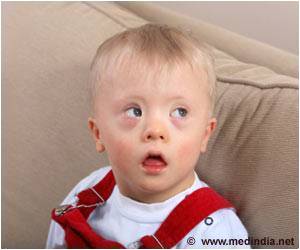New research out of Denmark says that the signs of atopy may be present long before symptoms begin, even in month-old babies.

The study appeared online in advance of the print publication of the American Thoracic Society's American Journal of Respiratory and Critical Care Medicine.
"We asked whether the allergic disease process may be active prior to the development of symptoms, and if so, whether there are biomarkers that could be clinically useful in predicting the development of disease," said principle investigator Hans Bisgaard, MD, DMSci, professor of pediatrics at the University of Copenhagen. "We found that in babies born to asthmatic mothers, urine levels of eosinophil protein-X may predict the development of allergic symptoms."
The researchers measured the levels of u-EPX and several other markers of inflammation in 369 healthy month-old infants who were enrolled in the Copenhagen Prospective Study on Asthma in Childhood (COPSAC), a birth cohort study of symptom-free month-old children born to asthmatic mothers.
The children were evaluated for allergic sensitization to 16 common inhalant and food allergens at 6 months, 18 months, 4 years and 6 years. Their blood eosinophil count was also taken at these intervals. Nasal eosinophilia was investigated by nasal scraping in the child's sixth year of life, and allergic rhinitis was diagnosed by age six based on interviews of parents and the child's history of symptoms. Asthma-like symptoms, and diagnoses of asthma and eczema were also noted.
In the first year of life, four percent of the children developed asthma-like symptoms and more than one-quarter (27 percent) were diagnosed with eczema. Another 17 percent went on to develop asthma-like symptoms and 15 percent developed eczema by age six.
Advertisement
"These data suggest that there is early life eosinophilic activation prior to symptom debut in children developing atopy-related conditions," said Dr. Bisgaard. "The mechanism behind the apparent pre-symptom eosinophilic activation in very young children is still unknown, but this study suggests that there is an ongoing pathogenesis in these children that begins well before symptom onset and includes the activation of eosinophil granulocytes."
Advertisement
"This knowledge may help us identify the highest risk groups of children from a very early age for targeted prevention as well as individualized intervention and treatment," he continued. "This has redirected our research into what causes asthma, eczema and allergy, and we are now focusing on events in the first months of life or before birth."
Source-Eurekalert









